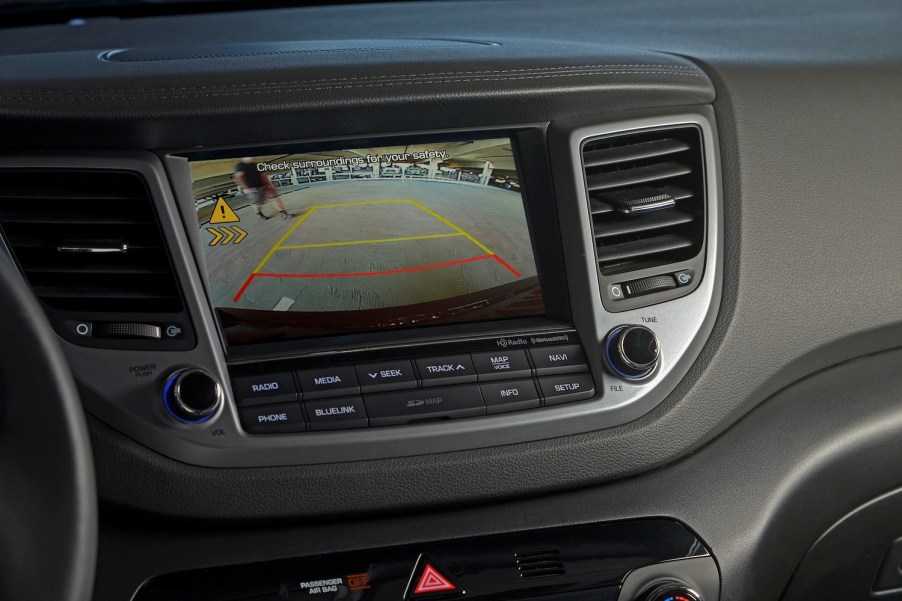
How to Add a Backup Camera to Your Car
Backup, or rearview, cameras have been widely popular over the past decade due to their widespread use in new cars as well as the added layer of safety they provide. Of course, having a backup camera in your car doesn’t mean that you can completely forgo looking over your shoulder to ensure that the coast is clear, but it can save other people and your car from disaster in the event that something is directly behind it when you’re backing up. But what if your car doesn’t have a backup camera and you want to add one?
Aftermarket backup cameras are plentiful and affordable
If your car, truck, or SUV currently has an infotainment screen in the dashboard, you’re in luck, as most backup camera retrofit kits on the market can connect to the existing screen and provide a clean install. However, if your car doesn’t have a touchscreen from the factory, then you can opt for an aftermarket rearview camera kit that comes with a screen or a mirror modification.
If your car does have a screen, then you can expect to pay around $50 or less for the camera and necessary wiring, although it could cost around $100 for the labor to get installed unless you’re handy with electrical components. And if your car doesn’t have a factory screen, then you can expect to pay $100 to $300 for a complete system that includes some type of screen as well as for the added labor to get it all installed.

Backup cameras with separate screens
If you do end up shopping for an aftermarket backup camera, then you’ll run into a few different options for your car, especially if you look on Amazon. One of the more popular options that pop up is the backup camera system with an included monitor.
This system requires you to install the camera above your rear license plate, either via the existing screws or by drilling a hole, and then running the power wires through the car and connecting them to a separate screen that you can mount wherever you want (typically on the dashboard). It’s a pretty simple setup, but it’s clunky in its design as it requires you to have a separate screen to look at and have on your dashboard at all times.

Backup cameras with mirror screens
Another aftermarket backup camera system that you’re likely to find is one with a mirror screen or a screen that displays inside of a mirror. The beauty of this system is that the aftermarket mirror that this type of system provides simply straps on to your existing rearview mirror. This option not only provides the capability of displaying the space behind your car, but also gives you a wider rearview than your stock mirror. The installation is usually the same as the other system as the camera needs to be mounted in the rear license plate location and then wired up to the front of the car.

Aftermarket head units
Lastly, another way to install a backup camera system in your car if it doesn’t have a screen is to install an aftermarket head touchscreen head unit like the Pioneer AVH-W4400 NEX, which is an in-dash media receiver that’s also Apple Carplay and Android Auto compatible. This method allows for a much cleaner installation than the aforementioned options and provides a much clearer camera resolution, however, you can expect to pay around $500 to $700 for a good head unit.




